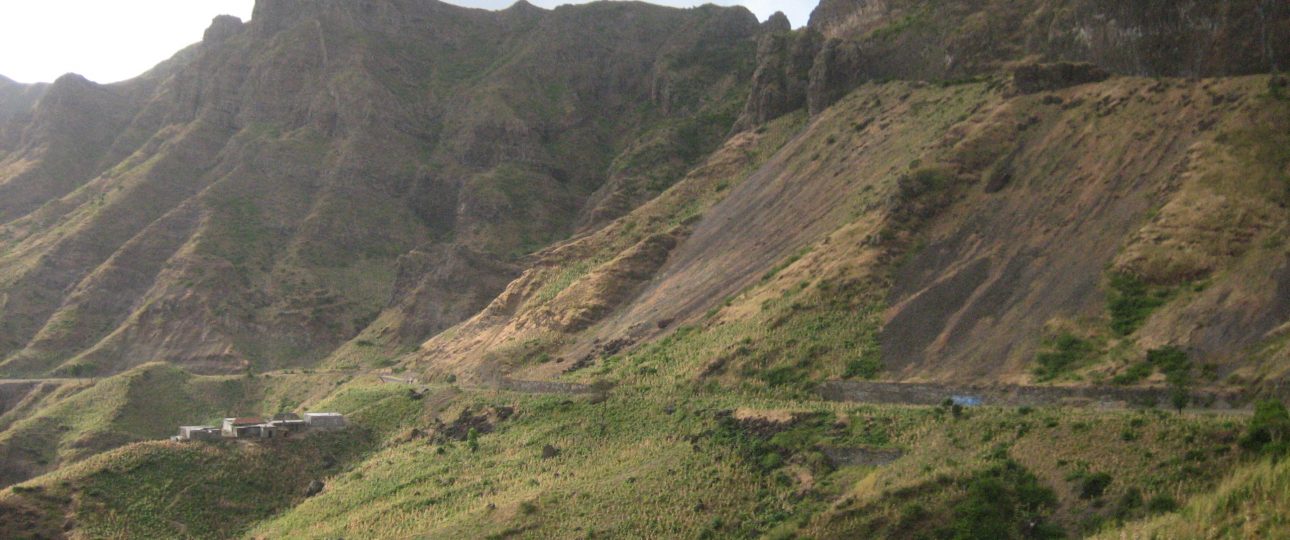Exploring Serra Malagueta Natural Park in Cape Verde
Overview
Serra Malagueta Natural Park is located in the northern part of Santiago Island, Cape Verde. Established in 2005, the park spans 774 hectares and is a protected area known for its volcanic origins, dating back 2.9 to 2.4 million years. The park’s highest point reaches 1,064 meters, offering stunning views and a diverse ecosystem.
Unique Ecosystem
The park is home to 124 plant species, with 28 being endemic. Notable among these is the Limonium lobinii, found only in this park. However, invasive species like Lantana camara and Furcraea foetida pose a threat to the native flora. Bird enthusiasts can spot 19 bird species, eight of which are endemic, including the endangered Bourne’s heron and Cape Verde warbler. The park also hosts four mammal species, six reptile species (four endemic), and one endemic amphibian species. Invertebrates such as the Acherontia atropos butterfly and the endangered beetle Diplognatha gagates are also present.
Best Time to Visit
Visit during the dry season from November to May for mild weather and minimal rain. This period is ideal for outdoor activities. The wet season, while lush and green, may present challenges with rain and muddy trails.
Getting There
Fly into Praia, Cape Verde’s capital, and drive approximately two hours to reach the park. Renting a car or hiring a taxi are practical options for this journey.
Exploring the Park
Hiking is the best way to experience Serra Malagueta. Trails range from easy to challenging, catering to all levels of hikers. Hiring a local guide can enhance your visit with insights into the park’s ecosystem and history. Birdwatching and wildlife spotting are popular activities, and camping is available for those looking to immerse themselves in nature.
Considerations
While the park offers rich biodiversity and scenic views, be prepared for potential challenges such as limited facilities and the impact of invasive species on native plants. Respect the natural environment and follow guidelines to help preserve this unique ecosystem.


